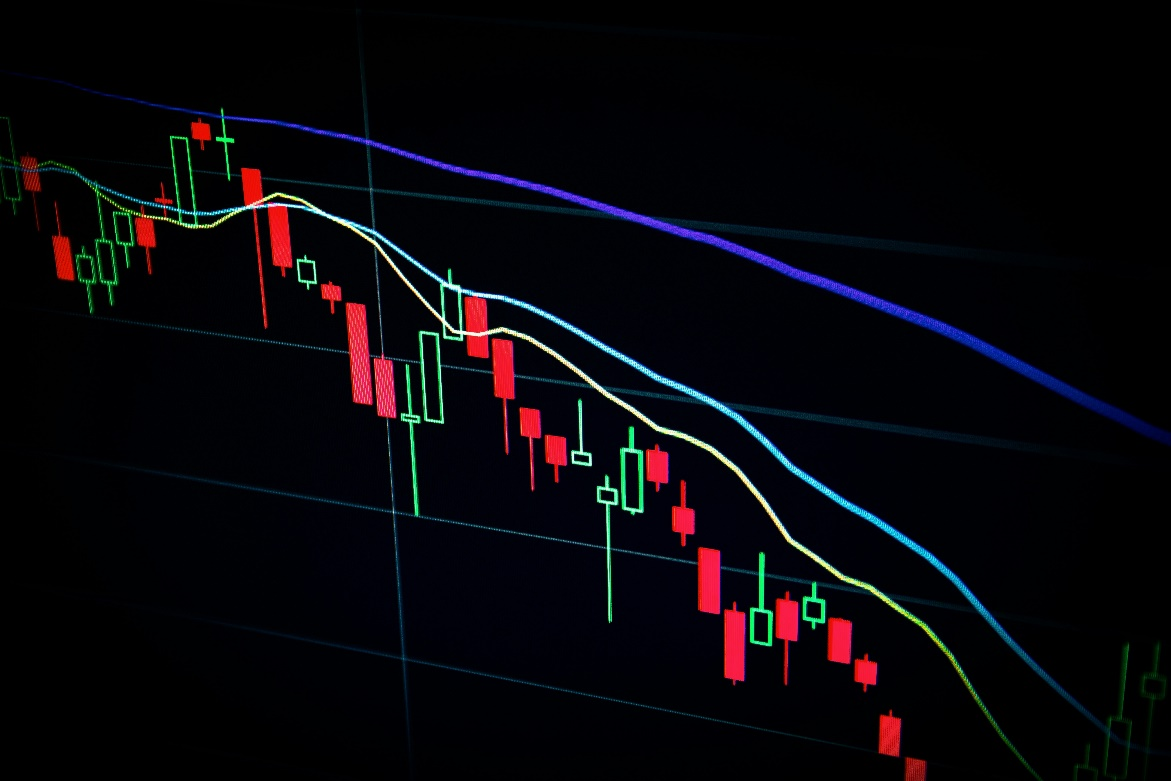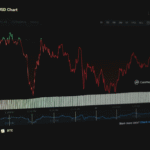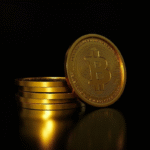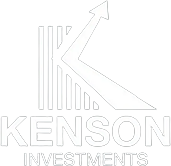As the digital asset ecosystem matures, so does the conversation around stablecoins for investment. While USDT (Tether) and USDC (Circle) dominate headlines and market capitalization, a new generation of asset-backed stablecoins is emerging—offering diverse use cases, increased transparency, and reduced counterparty risk. From gold-pegged tokens to stablecoins collateralized by U.S. Treasuries and real estate, these instruments are reshaping how investors think about price stability and value preservation in the blockchain space.

The Evolution of Stablecoins: More Than a Dollar Peg
The global stablecoin market currently stands at over $150 billion as of Q1 2025, according to CoinGecko. While USDT and USDC still account for nearly 85% of the market, their dominance is waning as investors explore alternative, asset-backed options that align better with macroeconomic trends and risk diversification.
Gold-backed stablecoins, such as Paxos’ PAXG and Tether Gold (XAUT), have seen a surge in adoption—particularly during inflationary periods and geopolitical instability. In 2023 alone, PAXG’s market cap grew over 40%, according to Messari, highlighting growing demand for tokenized commodities. These coins give holders digital access to physical gold, providing a blockchain-native hedge similar to traditional gold ETFs.
Bond-backed stablecoins are also gaining traction. Examples include Franklin Templeton’s tokenized U.S. Treasury fund on the Stellar blockchain and Ondo Finance’s USDY. These coins are backed by short-term government debt, offering both price stability and yield. With central banks raising interest rates globally, yield-bearing stablecoins are becoming a compelling alternative to traditional DeFi yield farming.
For investors seeking altcoin investment options with reduced volatility, asset-backed stablecoins offer a hybrid between traditional financial security and blockchain innovation.
Addressing Market Skepticism
Skepticism persists around the transparency and legitimacy of newer stablecoins. However, several developments are helping to shift that narrative:
- Institutional Backing:BlackRock and Fidelity have entered the stablecoin conversation, with BlackRock supporting Circle’s USDC and exploring tokenized asset offerings.
- Regulatory Clarity:The European Union’s MiCA framework provides clear guidelines on stablecoin reserves, audits, and disclosures. In the U.S., the proposed Clarity for Payment Stablecoins Act continues to gain bipartisan traction.
- Auditable Reserves: Platforms like Paxos and Franklin Templeton publish monthly reserve attestations, boosting confidence among risk-conscious investors and cryptocurrency investment consultants.
These developments are increasing trust in blockchain-based stablecoins and making them more attractive to firms offering digital asset management services solutions.
Real-World Asset (RWA) Tokenization Fuels Stablecoin Innovation
The rapid growth of real-world assets on chain investment reflects how tokenization is fueling the next generation of stablecoins. By collateralizing digital currencies with physical or financial assets like gold, bonds, and real estate, stablecoin issuers bridge the gap between traditional finance and decentralized finance (DeFi).
RWA DeFi investment consultants are now advising institutions and startups on integrating real-world collateral into blockchain-native financial instruments. This evolution opens new doors for portfolio management consultants to include stablecoins in diversified strategies aimed at both yield and capital preservation.
A New Era for Investors and Builders
The rise of asset-backed stablecoins is not just a story of financial innovation—it’s one of accessibility and trust. For startups, digital asset consulting for compliance ensures stablecoin issuances meet jurisdictional requirements. For funds and family offices, blockchain and digital asset consulting helps integrate these tools into broader digital asset portfolio management frameworks.

For a crypto investment firm, understanding the mechanics and benefits of these instruments is crucial. Institutions are no longer asking if stablecoins are viable—but which kind best fits their mandate.
The next phase of the stablecoin revolution will likely be marked by regulatory approval, tokenized yield products, and broader integration with banking infrastructure. For those engaged in consultancy for DeFi finance investments, the time is ripe to explore how these digital tools can future-proof portfolios and unlock global liquidity.
Explore the Future of Finance with Kenson Investments
Kenson Investments offers educational resources designed to help you understand the evolving landscape of digital assets, blockchain technology, and decentralized finance. Whether you’re curious about asset-backed stablecoins or the mechanics of real-world asset tokenization, our learning tools are here to support your journey. Build your confidence in this space with clear, accessible insights—start exploring with Kenson Investments today.
Disclaimer: The information provided on this page is for educational and informational purposes only and should not be construed as financial advice. Crypto currency assets involve inherent risks, and past performance is not indicative of future results. Always conduct thorough research and consult with a qualified financial advisor before making investment decisions.
“The crypto currency and digital asset space is an emerging asset class that has not yet been regulated by the SEC and US Federal Government. None of the information provided by Kenson LLC should be considered as financial investment advice. Please consult your Registered Financial Advisor for guidance. Kenson LLC does not offer any products regulated by the SEC including, equities, registered securities, ETFs, stocks, bonds, or equivalents”














